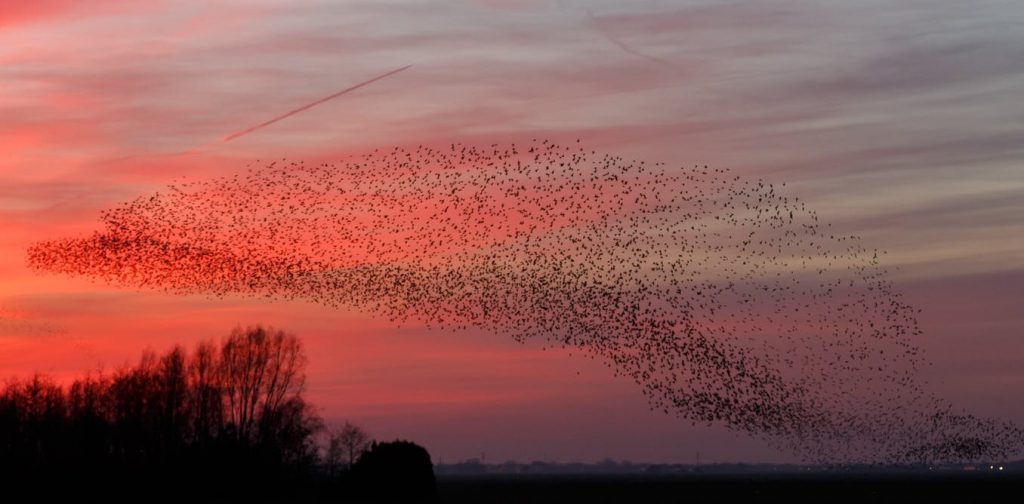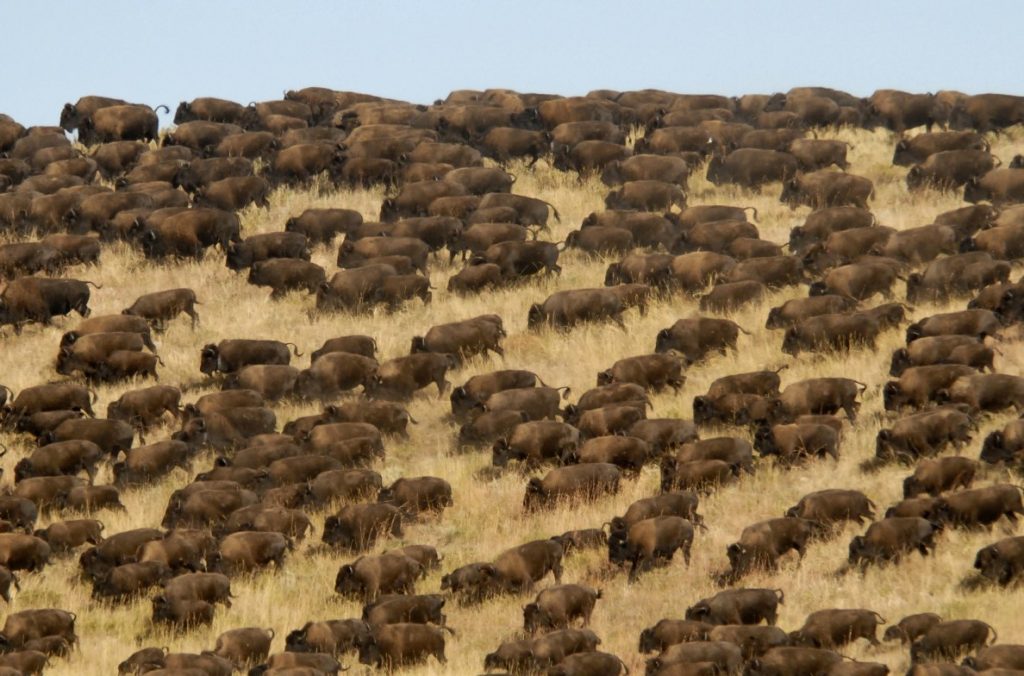This week has been hot. The kind of sapping heat where clothes stick to skin and beads of sweat appear unbidden on sunburnt brows. This has led to many inevitable conversations about how “It’s too hot”, followed by “Shouldn’t complain really”, concluding in a “But we have to find something to moan about!” I’m not someone who relishes extremely hot weather, and am not the kind of human-sunflower who follows the sun and drinks it in. In fact I like nothing more than cool rivers (or swimming pools) and sitting in the dappled shade of golden woodlands when it’s this hot. The birds on the Hoveton Great Broad Nature Trail are similar in this respect, finding cover in the woodlands and saving their energy by being uncharacteristically quiet. The main breeding season being over, many have begun their moult and are looking quite shabby. The mallard males in particular are noticeable in their drab plumage, a far cry from the iridescent greens and purples a few months ago.
One set of creatures that love the warmth are the odonata, the dragonflies and damselflies, and these have been emerging in abundance over the past week. Black-tailed skimmers in particular have been prevalent at the trail, and crossing over Larkbush dyke dozens take to the air at once, their wings beating too slowly to hum or whine like bees and flies, instead producing an almost mechanical whirr, or occasionally buzzing as their veined wings of crystal clarity collide with a leaf. In the same place I was privileged to see yesterday both the Norfolk and brown hawker in the air together, distinguished by the former’s lime-green eyes and the latter’s ginger-brown wings. The Norfolk has an earlier flight period than the brown, so it is unusual to see the two together, though there is sometimes an overlap at this time of year. Whilst walking along the beautifully clear river Yare earlier in the week I was witness to a mass-emergence of the delicate, unmistakable banded demoiselle. They arose in clouds from the riverside vegetation, their bodies a metallic blue-green, their banded wings flickering gently, floating through the air as peacefully as the cool river beneath them.

The grandeur of seeing so many individuals of the same species really is a spectacle worth savouring. The same excitement comes from seeing a murmuration of starlings or skenes of geese filling the sky. But humanity has become the ultimate species to be seen en-masse, to the detriment of the herds of buffalo that once roamed the Great Plains of America, or the flocks of passenger pigeons, once the most abundant animal on earth, or the great shoals of Atlantic cod that were once so plentiful it was said you could walk from ship to ship across their backs without getting wet feet.

At times like these I try and remind myself that it is not necessarily the most exotic or grandiose natural spectacles that are the most interesting, and the importance of understanding and appreciating the wildlife you have in your own area is the only way of stopping future environmental and ecological catastrophes like the ones I’ve mentioned above. Of course I would love to experience the big five on the plains of the Serengeti, or hunt for primates in the forests of Amazonia or Borneo. But the more I look and learn about our own wildlife, such as it is, the more I can appreciate that a love of wildlife doesn’t originate from exoticism or adventure (though they certainly complement each other), but from an understanding of the other living things we share our world with, and how we are all connected in the same trials of survival, reproduction and death, a fact that is somehow heartening and liberating.
